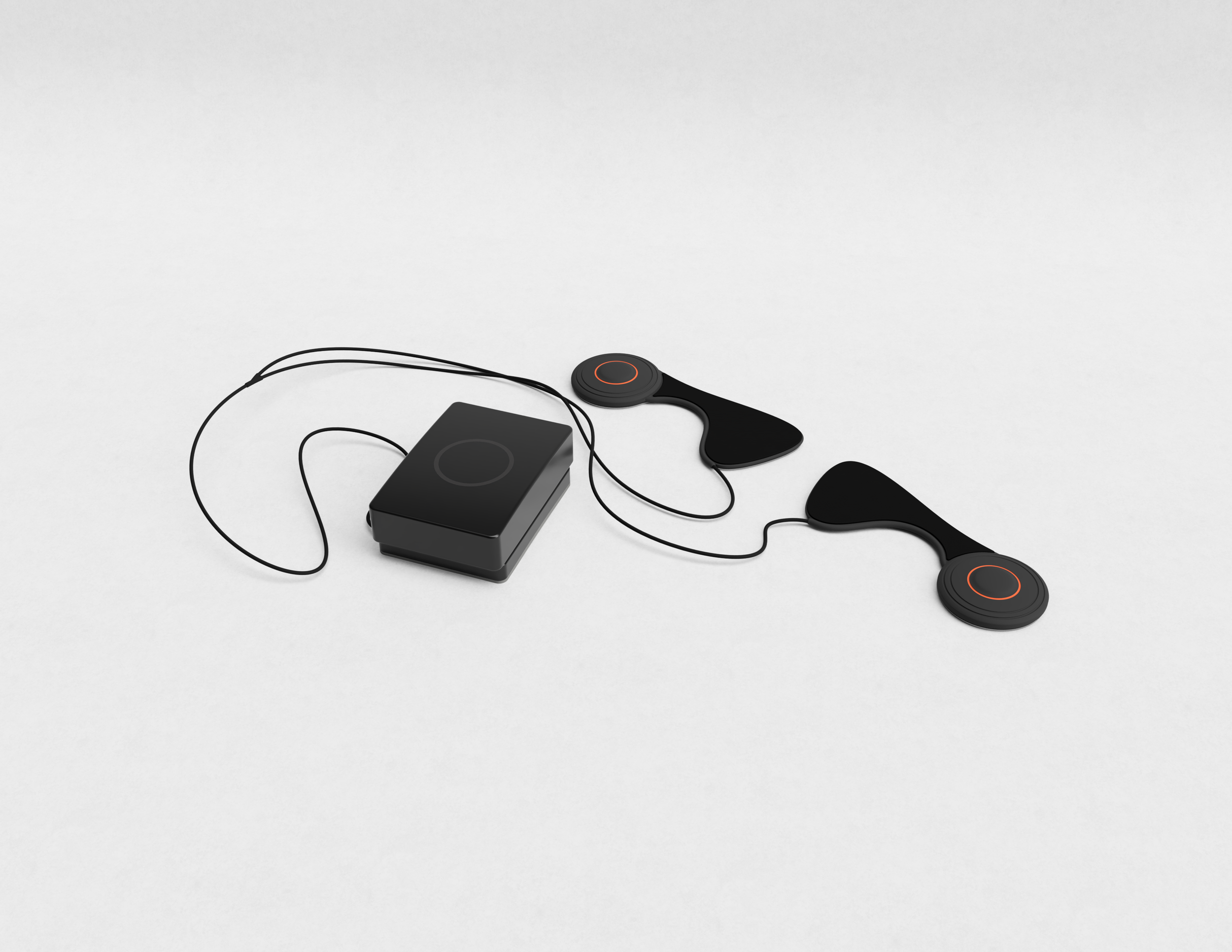
Knowhere Nav
Peripheral motorcycle navigation
Honours project, 2021
Current navigation systems place unnecessary pressure on a motorcycle rider's cognitive load using aural and visual navigation cues for guidance. This research project explores how design can improve the experience and safety of motorcycle riders through the development of a novel multimodal navigational system using visual and haptic cues for guidance.
Rider perspective has guided the project through human-centred design research tools such as interviews, user testing, and video ethnography. Knowhere Nav delivers navigation cues through haptic-visual communication, and aims to offer a safer, less distracting, and improved experience for rider’s when compared to current forms of navigation.

Three ways to ride
Navigation & display modes
Adaptive maps.
Traditional maps navigation redesigned.
A Contextual hierarchy of information has been adopted in this design; the user's path is the focal point of information, while main roads and relevant secondary roads are displayed for reference at a reduced opacity.
Location and speed inform the scale of the display; low-density landscapes with higher speed limits will provide a greater overview, while the angled view is ideal for city navigation and approaching turns.
Turn-by-turn.
Colour coded navigation cues are represented in unique locations around the circular display, reducing visual processing time through learned patterns. The distance bar in the centre of the display grows as the rider approaches a turn, catching their peripheral attention.
As-the-crow-flies.
Designed for self-guidance and exploration. Direction to destination is in orange, while passive communication of optimal routes is communicated through greyscale: darker roads will get you to your destination quickest.
Haptic language.
The role of haptics is to facilitate fixed moments of interaction, reducing the need to engage with the visual display.
Communicating direction.
Left motor triggers at 'Far', 'Near', and 'Now' intervals.
Right motor triggers at 'Far', 'Near', and 'Now' intervals.
Both motors trigger at 'Far', 'Near', and 'Now' intervals, equal to the number of the exit to take.
i.e. 2nd exit = two pulses
Left and right motors alternate two times each.

Communicating distance.
‘Far’
≈ 750-1500m
‘Near’
≈ 250m
‘Now’
≈ 70m

The display & interactivity.
Simple user interaction is essential while riding a motorcycle. A rotating tactile wheel is the primary interface between the user and the device. The materials and form provide simple and accessible interaction while riding and wearing gloves.
Twist.
Change navigation modes.
Push.
Haptics on-off.
Haptic module.
The haptic module is fitted behind the helmet lining, with left and right motors placed on the user's neck below the ears. These locations have been tested to provide the best tactile response during riding conditions while also producing the least aural feedback within the helmet.

Project thesis.
Read my thesis for a detailed documentation of my research and design process.
(See chapters 4, 5, & 6 for the interesting stuff).













